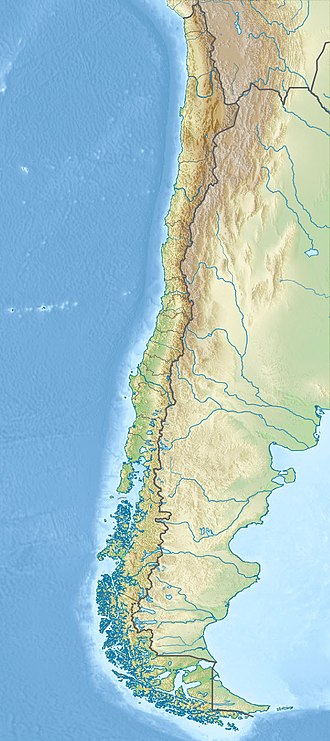 | |
| UTC time | 1928-12-01 04:06:17 |
|---|---|
| ISC event | 908986 |
| USGS-ANSS | ComCat |
| Local date | 1 December 1928 [1] |
| Local time | 00:06 |
| Duration | 1 minute 45 seconds [2] |
| Magnitude | 7.6 Mw, [3] 8.3 MS, [1] 7.9 ML [4] |
| Depth | 20 km (centroid) [5] |
| Epicenter | 35°00′S72°00′W / 35.000°S 72.000°W [1] [4] |
| Areas affected | Chile, Curepto |
| Max. intensity | MMI IX (Violent) [2] |
| Aftershocks | 7.0 Mw (USGS) 1928-12-02 |
| Casualties | 279 dead [2] |
The 1928 Talca earthquake occurred on 1 December at 00:06 local time near Curepto, Maule Region, Chile, [1] [4] with an estimated magnitude of 7.6 MW, [3] 8.3 MS [1] and 7.9 ML. [4] In Talca, it lasted 1 minute 45 seconds. [2]
Contents
There was damage between Valparaíso and Concepción, [2] and severe damage on the coast from Cauquenes to Pichilemu, and in the following cities in the Chilean Central Valley: Talca, Curicó and San Fernando. [5]
In Talca there were 108 dead, 67 in Constitución, and 50 in the surrounding villages. [4] Soon after the earthquake, the Barahona dam, in the valley of Cachapoal River, that contained copper tailings, collapsed, killing 54 miners. [2]
In total, there were 279 dead, [2] 1,083 wounded and 127,043 homeless.

